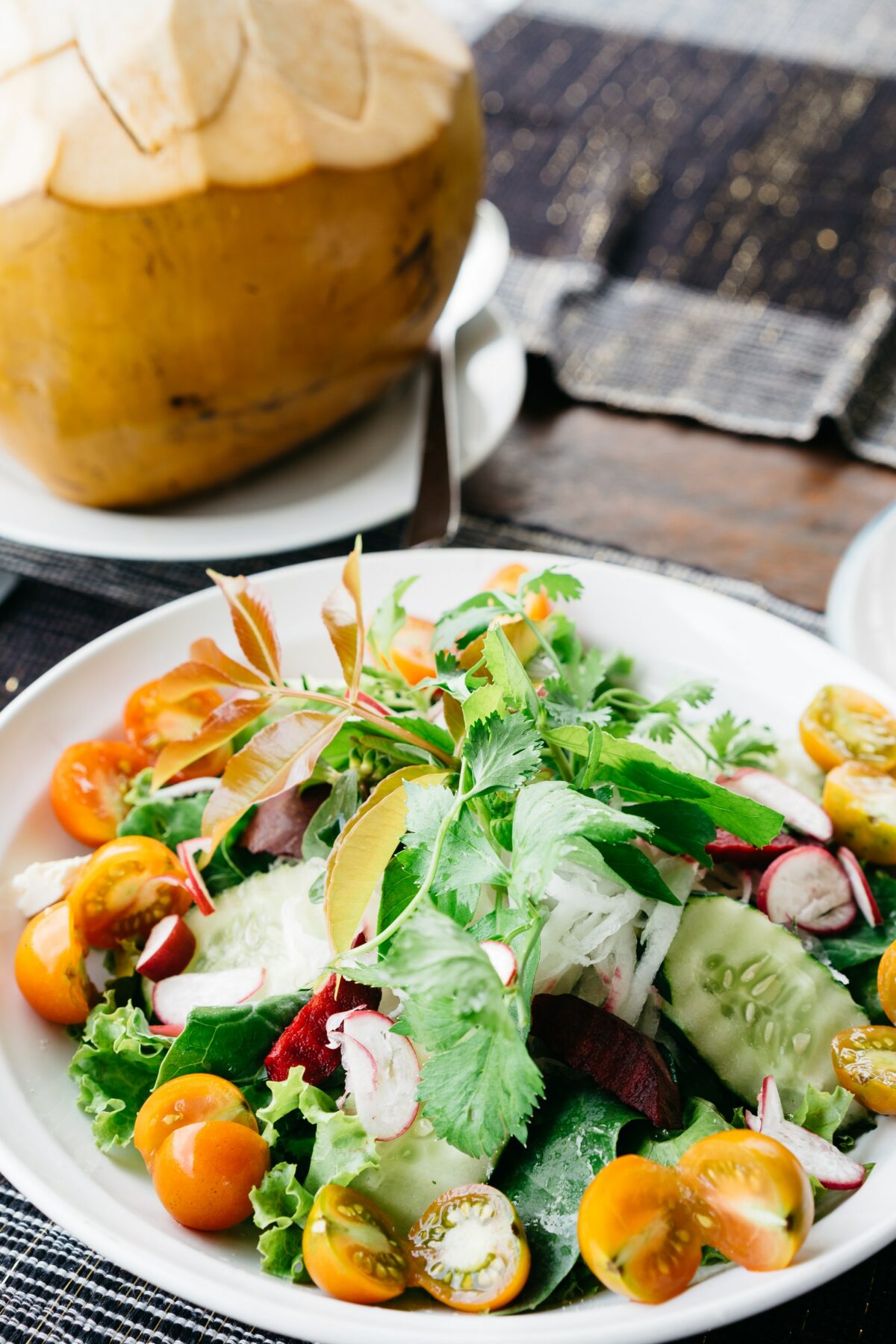Constipation is a common complaint during pregnancy likely due to changing hormone levels, diet changes, increased pressure from your growing baby, and a change in activity levels. If you are suffering from constipation, try these tips to get your bowels moving.
Hydrate
Make sure you’re getting an adequate intake of water throughout the day. Pay attention to your body and drink when you are thirsty. Tea, coffee, and soft drinks are not a replacement for water. Hydration is like the three little pigs: you do not want too drink too little, which can contribute to swelling, constipation, and other symptoms, or too much, which can overload your bladder and lead to increased frequency of urinating. You want to find the sweet spot of “just right” which can be accomplished by paying attention to your body. This may mean you need to “check in” a few times a day to ask yourself if you are feeling thirsty.
Fiber
Foods high in fiber such as apples, avocados, and brussels sprouts can help. Aim for 28g of protein per day during pregnancy. You can also consider adding flax seed or psyllium husk to your yogurt, smoothies, or oatmeal for added fiber (start with 1 teaspoon per day and increase to 2 tablespoons depending on tolerance).
Activity
Move your body to help reduce constipation. Go for a walk, try a yoga or mobility flow, or lift weights to get in your recommended exercise intake plus help your bowels become more regular. There are also several specific exercises that can help. These include hip swings, hook-lying trunk rotation, and quadruped rocking.
Positioning
Using a stool or squatty potty to get the knees above your hips can help your bowels move more freely while on the toilet. Working with a PFPT to learn how to fully relax your pelvic floor may also be beneficial.
Food Sensitivities
Some foods may be contributing to your constipation during pregnancy. If you’ve tried all of the tips above and still experience constipation, ask your OBGYN, midwife, or pelvic floor physical therapist for a referral to a prenatal Registered Dietitian that can help you work through your diet.
Self or Partner Abdominal Massage
This massage designed specifically for constipation is sometimes called the “I Love You” massage because you are tracing the letters “I” “L” and “U” over your belly. While you are not actually pushing stool through your intestines, this massage technique helps to move the tissues around your organs to help things move more easily through the system. It is normal and safe to hear your tummy talking back to you with gurgles while performing the massage but if you do not hear or feel gurgles that is ok too! This is usually performed for 10 minutes and performance is recommended just before bed or as soon as you wake up in the morning.
Watch video below on abdominal massage:
https://vimeo.com/forerunnerbg/download/686023078/48b5dd6d05
Habit Training
The best time to have a bowel movement is in the morning about 30 minutes after waking due to gastrocolic reflex. Waking up and drinking a water beverage (i.e. warm water), moving (i.e. walking around the house), and eating (specifically the mechanical action of chewing) all augment the gastrocolic reflex. Another good time to try and have a bowel movement is 30 minutes after a meal. You can go in the bathroom and sit on toilet for no longer than 5 minutes. This can “train” the bowels. This can be even more effective postpartum.
Toileting Mechanics
When on the toilet, pull pants and underwear down to ankles to allow legs to relax out to the side
When you bear down, instead of holding your breath, blow out through your mouth as if blowing through a straw. You can also make a sound like “SSSSHHHH” “HHAAAAA” “GGGRRRR”. You can also hum or sing. The goal is to be breathing as you push to protect your pelvic floor.
As you bear down, imagine “belly big belly hard”, trying to make your belly big like a basketball.
If nothing is happening, you can rock side to side, front and back on the toilet. You can also make circles with you pelvis and trunk clockwise and counterclockwise.
References:
Jewell D, Young G. Interventions for treating constipation in pregnancy. Cochrane Database of Systematic Reviews 2001, Issue 2. Art. No.: CD001142. DOI: 10.1002/14651858.CD001142. Accessed 29 January 2022.
Rungsiprakarn P, Laopaiboon M, Sangkomkamhang US, Lumbiganon P, Pratt JJ. Interventions for treating constipation in pregnancy. Cochrane Database of Systematic Reviews 2015, Issue 9. Art. No.: CD011448. DOI: 10.1002/14651858.CD011448.pub2. Accessed 29 January 2022.
Casey Thomas-Hardesty, MS, NTP & Jenny LaCross,PT, DPT, PhD(c), WCS, ATC, CLT-LANA
© WKU {2022} All rights reserved.

